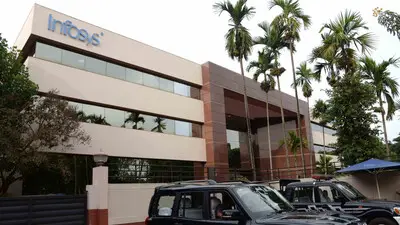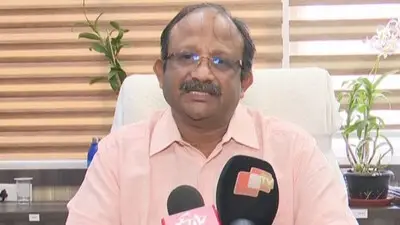Recommended Stories
New York: Lithium-ion batteries, ubiquitous in devices ranging from cell phones to laptop computers and electric cars, may soon have a cheaper and sustainable alternative as researchers have shown that potassium can work with graphite in a potassium-ion battery.
While lithium is quite rare, found in only 0.0017 percent, by weight, of the Earth's crust, potassium, is 880 times more abundant in the Earth's crust than lithium, the researchers pointed out.
"For decades, people have assumed that potassium could not work with graphite or other bulk carbon anodes in a battery," said lead study author Xiulei Ji, assistant professor of chemistry at Oregon State University in the US.
"That assumption is incorrect," Ji said.
The researchers noted that the possibility of a potassium-ion battery was first shown in 1932.
"It is really shocking that no one ever reported on this issue for 83 years," Ji noted.
The findings are of considerable importance, researchers said, because they open some new alternatives to batteries that can work with well-established and inexpensive graphite as the anode, or high-energy reservoir of electrons.
“Right now, batteries based on this approach do not have performance that equals those of lithium-ion batteries, but improvements in technology should narrow the gap,” Ji said.
"It is safe to say that the energy density of a potassium-ion battery may never exceed that of lithium-ion batteries," he said.
"But they may provide a long cycling life, a high power density, a lot lower cost, and be ready to take the advantage of the existing manufacturing processes of carbon anode materials," Ji pointed out.
The findings appeared in the Journal of the American Chemical Society.













